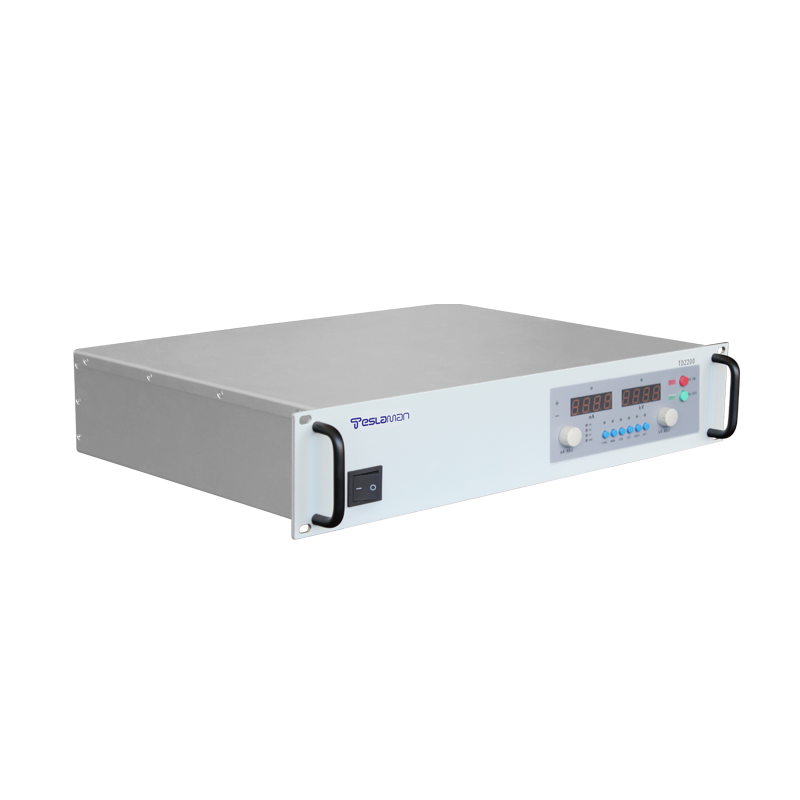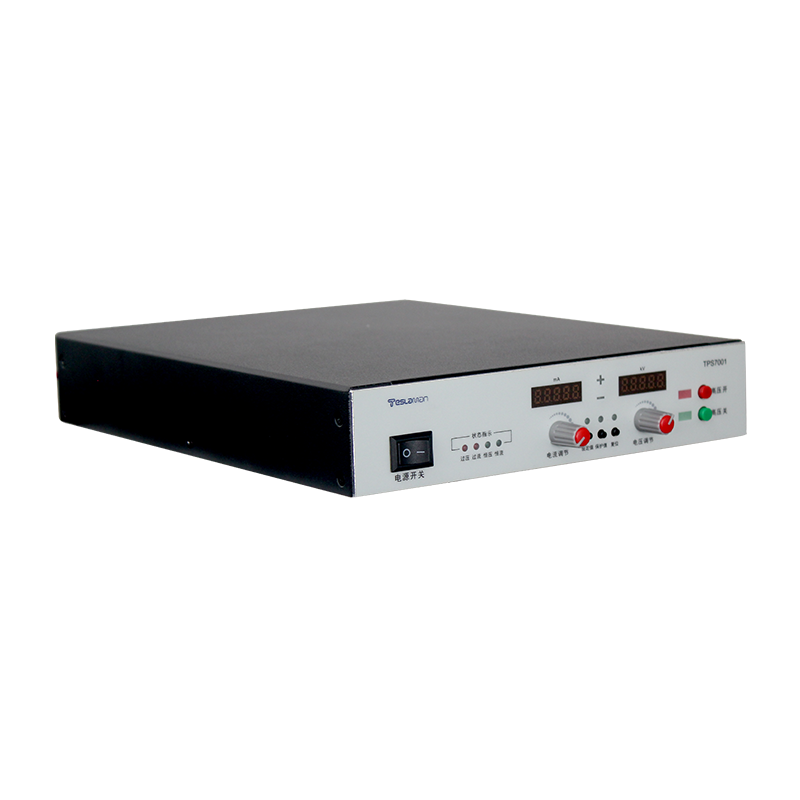Real-Time Response of High-Voltage Power Supplies in Image-Guided Surgery: The Lifeline of Precision Medicine
By Energy Tech Frontier
In the era of minimally invasive and robot-assisted surgery, image-guided technology (such as real-time CT and MRI navigation) has become the second pair of eyes for surgeons. The core of such systems—the high-voltage power supply—must respond to load transients within milliseconds to ensure imaging devices continuously produce distortion-free images. Any delay or fluctuation beyond tolerance may cause blurred images leading to positioning errors or even interrupt the procedure, endangering patient lives.
I. Technical Challenges: When Current Spikes Meet Life Signals
1. Complex Load Variations
Image-guided equipment exhibits extreme dynamic power consumption: for example, intraoperative CT scanners require a 300% surge in current during rotational scanning but only 10% during static monitoring. If the power supply fails to stabilize voltage (±0.5% tolerance) within 3ms, detector sampling errors occur, causing motion artifacts (ghosting) in organ images.
2. Medical-Grade Safety and Isolation
Operating room power must comply with Medical Isolation Power Systems (e.g., IEC 60601 standards), ensuring complete electrical isolation between patient circuits and power sources with leakage currents below 10μA. Dual redundant feeds + online UPS (switching time ≤0.5s) are mandatory to prevent imaging device shutdown during mains failure.
II. Key Performance Metrics: Exceeding Industrial Standards
Transient Response Time: Voltage recovery time from no-load to full-load step must be ≤5ms (vs. 20ms for industrial supplies);
Overshoot/Undershoot Suppression: Voltage fluctuations constrained to ±1% to avoid detector saturation or signal cutoff;
Noise Immunity: Output ripple <50mVpp to prevent interference with imaging signals (e.g., MRI RF receiver chains).
Table: Performance Comparison of Surgical vs. Industrial Power Supplies
| Parameter | Surgical Power Requirement | Industrial Standard |
|-----------------------|---------------------------------|-------------------------|
| Transient Response | ≤5 ms | ≤20 ms |
| Voltage Recovery | ±0.5% | ±2% |
| Output Ripple | <50 mVpp | <100 mVpp |
| Isolation Leakage | ≤10 μA | ≤500 μA |
III. Technical Implementation: Multi-Dimensional Optimization
1. Topology Innovation
Multiphase Buck-Boost architecture with interleaved phase control reduces current ripple by 60%, while gallium nitride (GaN) power devices enable switching frequencies up to 2MHz, slashing response delays.
2. Adaptive Digital Loop Control
FPGA-based real-time PID algorithms dynamically adjust compensation parameters:
Increase proportional gain during load steps to accelerate response;
Enhance integral suppression during steady state to eliminate oscillation.
Tests show this strategy cuts recovery time from 8ms to 3.2ms and reduces overshoot by 47%.
3. Three-Stage Filtering Network
Front-end π-filter (ferrite beads + ceramic capacitors) absorbs MHz noise;
Post-LC resonant tank suppresses kHz pulsations;
Local decoupling: 10μF MLCC capacitors (0805 package) near image sensor pins eliminate nanosecond current spikes.
IV. Future Trends: Intelligence and System Integration
Next-generation surgical power will integrate digital twin technology: real-time monitoring of parameters (temperature, load slew rate) predicts fluctuation risks, enabling imaging devices to pre-adjust exposure settings. Additionally, solid-state transformers (SST) may boost isolation efficiency from 87% to 96%, reducing thermal management bulk for portable imaging systems.
--
Conclusion
In the age of precision medicine, high-voltage power supplies have evolved from energy providers to guardians of life signals. Pushing the physical limits of dynamic response performance is essential to building an impeccable foundation for image-guided surgery—where every millisecond of delay could alter a life's trajectory.




















